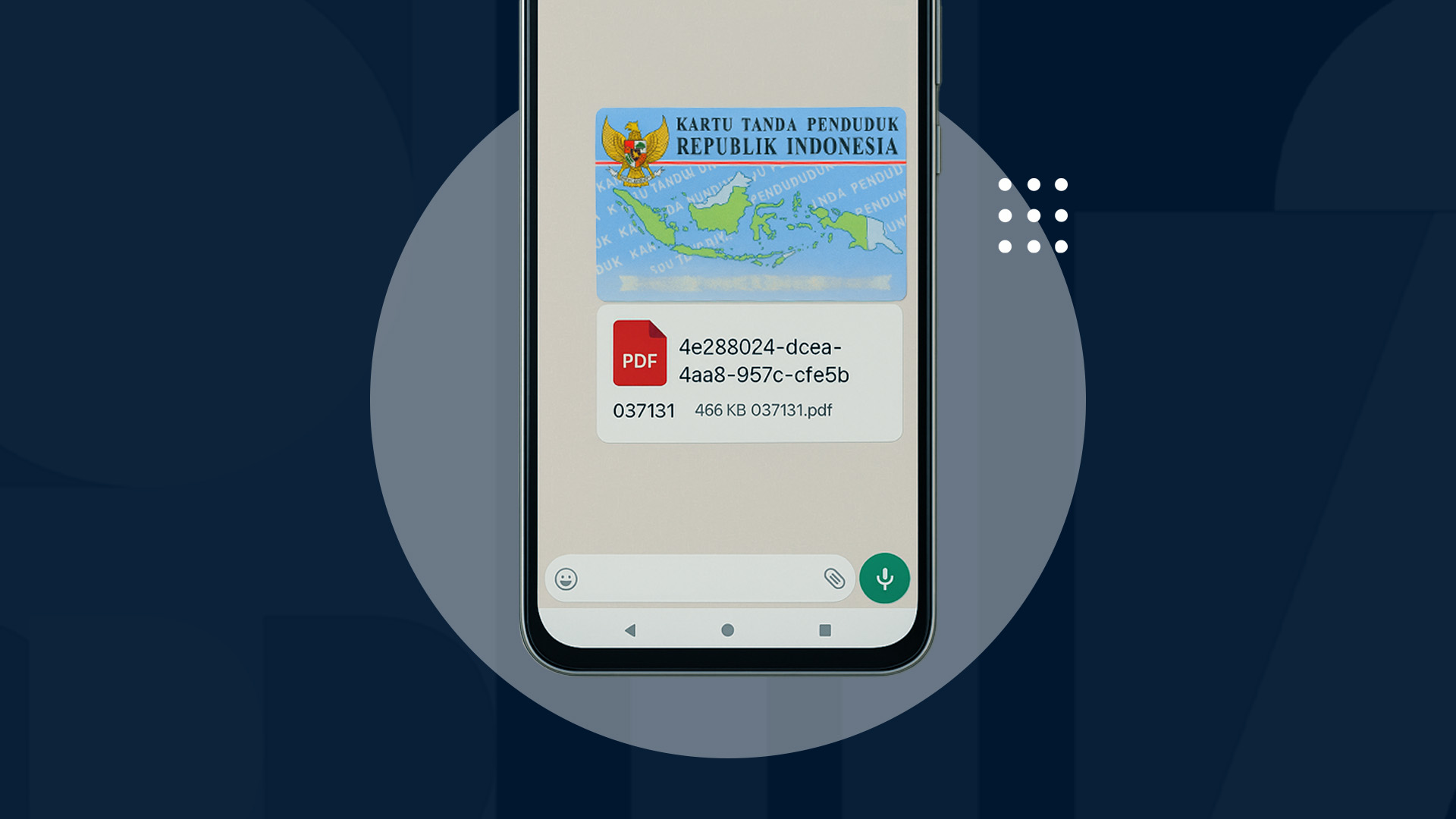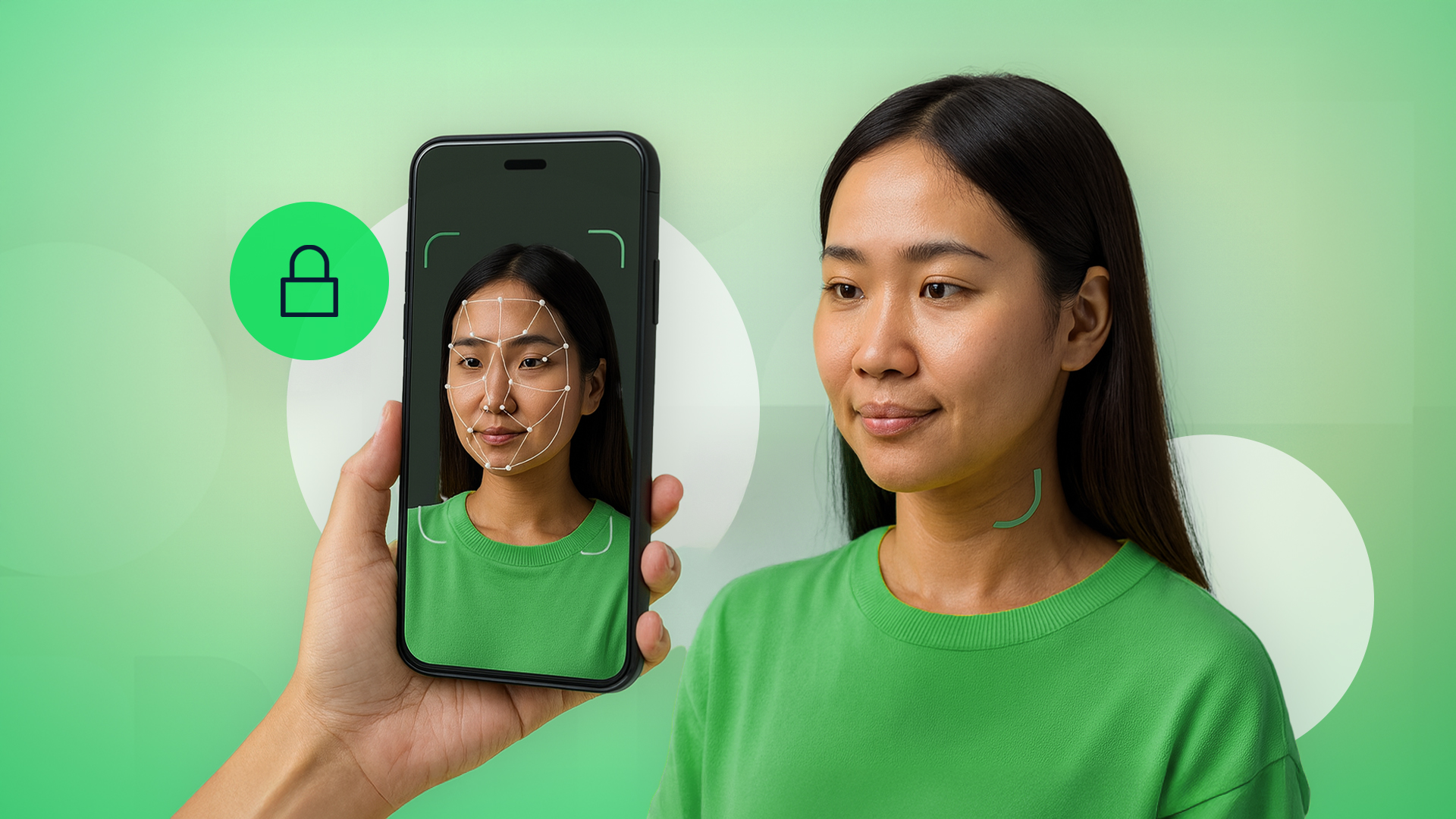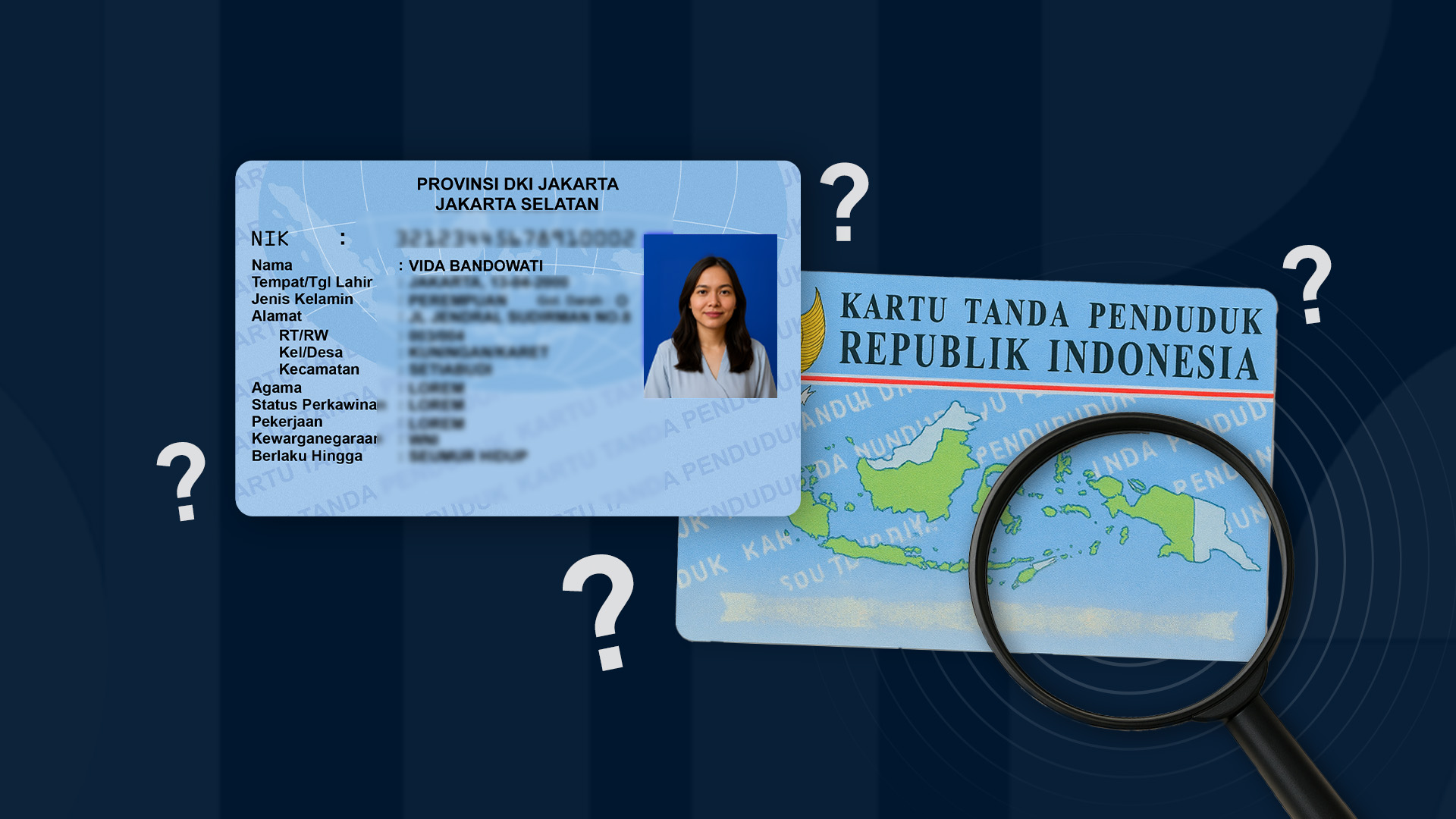Getting acquainted with Biometric-Based Identity Verification Technology
Identity verification is a process that has many applications, especially those related to business, financial services, and banking. A common example of identity verification happens when you log into certain applications and are asked to enter a code such as a username or cellphone number and password.
Advances in technology have meant that nowadays there are more secure identity verification systems available, which rely not on codes and passwords but biometrics. What, then, is biometric-based identity verification?
Biometric-based identity verification is an identity verification system that uses a person's biological identity, physical characteristics, or behaviour. The purpose of this system is to make identity verification more accurate, able to properly prove a person's identity so as to minimize the potential for forgery or identity theft.
Importance of Biometric Identity Verification
Security is one of the major considerations of consumers when choosing a product or service in this digital era. Companies must therefore implement strong digital security systems such as biometric identity verification technology so that consumers feel safe when using their products or services.
A simple example of identity verification with biometric technology occurs when you are asked to do a face ID scan to access your mobile phone. The phone no longer requires a code or password, but simply scans a person's biometric data.
Verification technology with biometrics like this makes it difficult for a person's digital identity to be stolen, faked, or misused. The risk of cybercrimes such as illegal access or fake identities can be prevented.
Things to Bear in Mind when Performing Biometric-Based Identity Verification
The following things should be considered when performing biometric-based identity verification:
1. Understand risk factors
Verification technology with biometrics is very easy to use, fast, and practical. However, there are risks, because changing your biometric data is not as easy as changing your code or password. If you have an accident that causes your face to be disfigured, the biometric system may no longer be able to read it, and the stored biometric data will need to be reset.
2.Keep using other identity verification methods
Since replacing biometric data is not easy, you should still use other identity verifications such as codes and passwords as backups.
3. Use a registered identity verification service
Make sure you work with an officially registered provider like VIDA. VIDA has a VIDA Verify service that is able to compare biometric and demographic data with national databases. The technology used by VIDA has been standardized by NIST, which has an accuracy of up to 99.5%, meaning it is safe and reliable.
Want to know more about VIDA Verify? Contact us now.
Read: Sharing Personal Identity on Social Media: The Dangers

.png)


